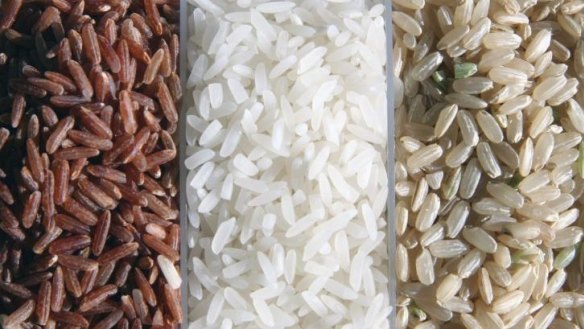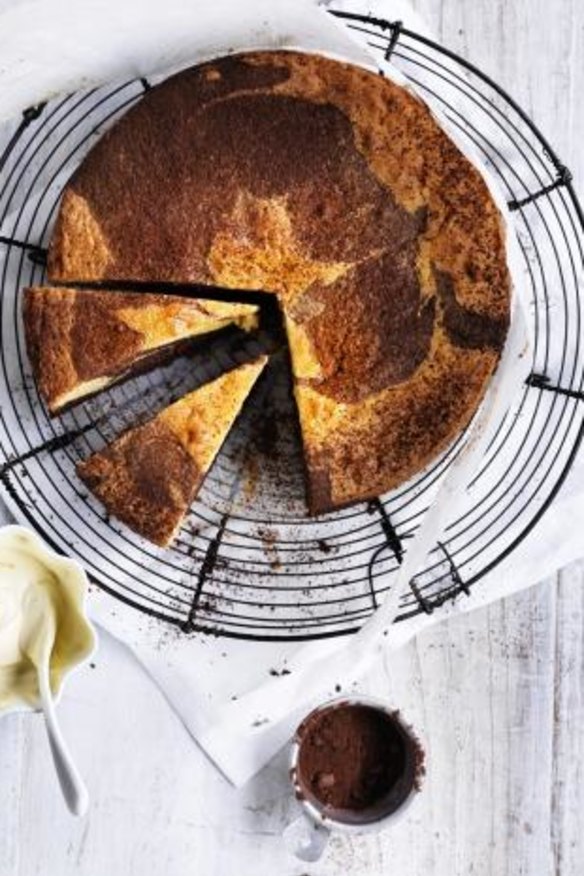How long does it take for food poisoning symptoms to appear?

How long before eating contaminated food does it take for the symptoms of food poisoning to appear? L. Barling
"It must have been the garlic prawns (or insert other strongly flavoured food)," says the person between bouts of transferring the contents of their digestive system into that of the sewers, one way or the other. Those affected by food poisoning can suffer from something as mild as flu-like symptoms, to severe pain, fluid loss and, in extreme circumstances, death. Putting your finger on the exact cause can be difficult as different bugs can affect you in a matter of hours to 90 days. Campylobacter, often found in undercooked chook, generally takes between two to seven days to bring about a bout of gastro, which lasts for about five days. Bacillus cereus, which loves breeding in cooked rice, can bring about a 24-hour case of the runs within eight to 16 hours. The first symptoms for botulism, such as nausea, diarrhoea and vomiting, start within 12 to 36 hours, which can then be followed by neurological symptoms. From ingestion of salmonella bugs (a common source is raw egg mayo kept out at room temperature), to getting salmonellosis, is eight to 72 hours, but can take a few weeks for gastro flu-like symptoms to arise. Illness from eating food infected with Listeria monocytogenes, which can cause flu-like symptoms, discoloured urine and miscarriage in pregnant women, can take anywhere between eight to 90 days. So a ghastly dose of food poisoning might not be caused by the last meal you ate.

Where can I buy proper cinnamon? M. Callaghan
A few weeks back we had a reader who complained about the cinnamon she bought from a supermarket being made from the cheaper cassia bark. True cinnamon is still sold in supermarkets and has a finer bark – imagine a rustic dark-brown cigar made from paper-bark. Cassia looks like a tube of mummified leather. I buy my spices from Indian grocers but try essentialingredient.com.au and herbies.com.au. Both have physical stores and online stores.
My grandmother claimed she could "hear" when her cakes were ready. Is there any science in this? J. Fisher
A lot of good chefs cook with all five senses working overtime: tasting, sniffing, feeling, eyeing-off and, of course, listening to their food. A good mate of mine is head chef at a Surry Hills restaurant in Sydney and refuses to have music playing during kitchen prep. "We toast a lot of fresh spices here," he says. "And you have to not only smell when they are ready but listen when they pop!" I had a kitchen job at 14 and was taught by the chef to listen to the sound the foam of the sponge batter made when you folded the dry ingredients into the beaten eggs. Now as far as your nanna goes, hearing when cakes are ready, I can't find any evidence or examples of this in food science literature so I can only assume she was listening for the oven timer or had superhuman powers. Perhaps our readers may have some suggestions?
My cream pie filling is going thin and soupy overnight. J. Hopkins
When I was younger I watched Gilligan's Island and used to wonder, among many things, where Mary Ann was getting her eggs, flour, sugar and milk to make her pies. Cream pies are filled with what is basically a creme patisserie topped with whipped cream or meringue. Creme patisserie is a custard that is thick and stable yet still creamy-tasting at room temperature – think eclair fillings. Now, eggs contain an enzyme called amylase that breaks down starch. To stop this enzyme destroying the gelling power of the starch it needs to be brought to a temperature high enough to knock it out. To do this, the custard needs to be brought just to the boil and held there for a minute or so over medium heat, stirring continually.
Letters
Last monthwe covered rubbery clafoutis to which C. Ashby wrote, "Clafoutis does not involve custard, but batter. The texture of batters is actually determined by the gluten in flour, which will toughen when overworked." Thank you.
Send your vexing culinary conundrums to brainfood@richardcornish.com.au or tweet to @Foodcornish
The best recipes from Australia's leading chefs straight to your inbox.
Sign up